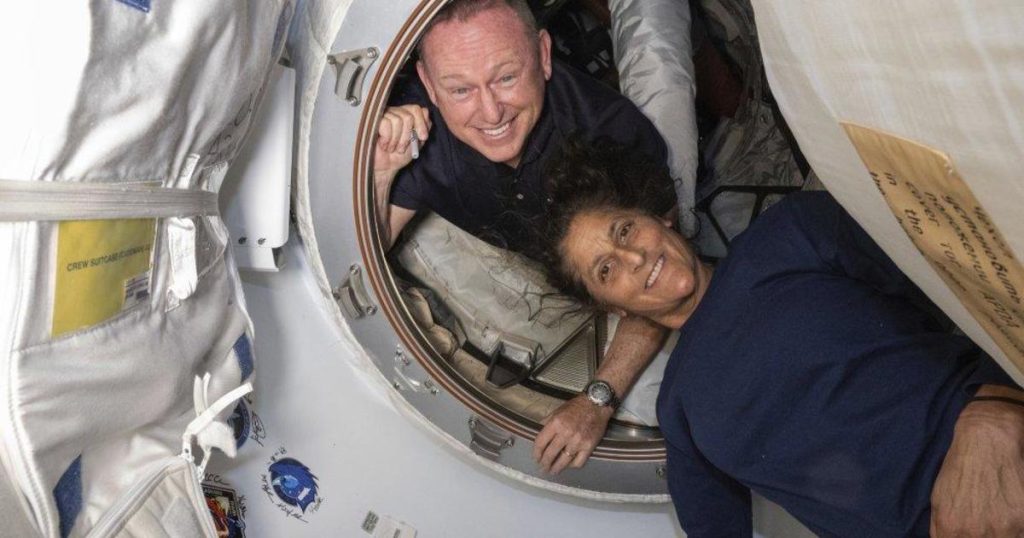NASA has decided not to bring two astronauts back to Earth aboard Boeing’s Starliner capsule due to concerns about helium leaks and degraded thrusters. Despite successful tests, NASA cannot prove the systems will continue to operate normally, leading to a decision to bring the astronauts home aboard a SpaceX Crew Dragon instead. Starliner commander Barry “Butch” Wilmore and co-pilot Sunita Williams were initially scheduled to spend a week in orbit, but will now remain nearly nine months before returning in February.
Two of the Crew 9 astronauts scheduled for launch aboard a SpaceX Crew Dragon on September 24 will give up their seats for Wilmore and Williams to return home in February. Boeing has assured NASA of their commitment to the Starliner program, which is crucial for providing independent access to the International Space Station. The decision to have Wilmore and Williams return uncrewed is due to concerns about previous issues with helium leaks and thruster problems.
Boeing’s Starliner commercial crew ship will attempt an automated return to Earth, leaving the two-person crew behind on the International Space Station due to the earlier helium leaks and thruster issues. Wilmore and Williams, originally expected to spend a week in space, will now stay in orbit for nearly nine months. Once the Starliner departs, only the Crew 8 capsule will be available for an emergency evacuation before Crew 9 arrives.
Boeing argued that the tests and analyses showed the spacecraft had enough margin for a safe return, but NASA decided the risk with a crew on board was too high. The decision was a blow to Boeing after earlier problems delayed the Starliner’s flight and increased costs. NASA remains confident in Boeing as a long-time partner, but the focus is now on ensuring a safe and successful uncrewed return of the Starliner.
Boeing’s participation in a Saturday news briefing was limited to a statement emphasizing the safety of the crew and spacecraft. Following the retirement of the space shuttle, NASA awarded contracts to SpaceX and Boeing to end its reliance on Russian Soyuz for crew transport to the ISS. NASA is aiming to have two independent spacecraft for crew flights in case of problems with one ferry ship.
SpaceX has already launched multiple crewed missions to the ISS while Boeing has faced delays and technical issues with the Starliner. The ongoing development of the Starliner aims to provide redundancy in crew transportation to the ISS in case of anomalies with other spacecraft. The funding shortfalls and technical challenges have delayed the commercial crew program, but progress is being made towards securing reliable crew transportation for the space station.


